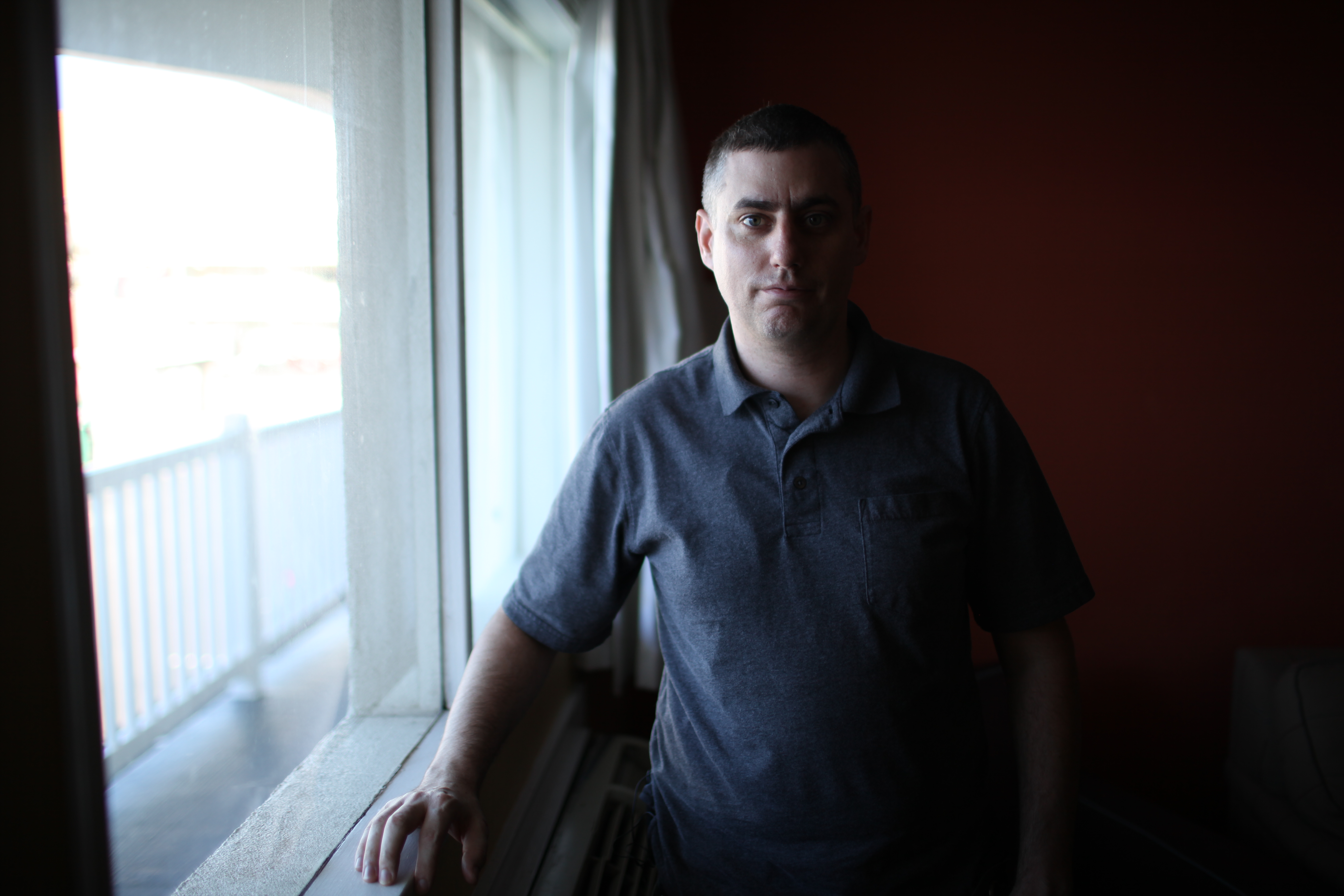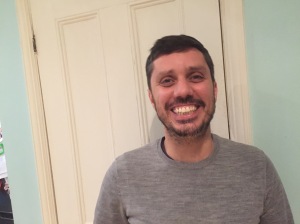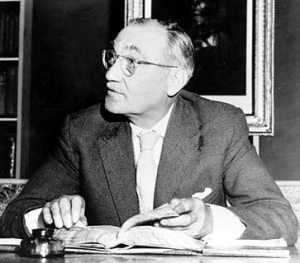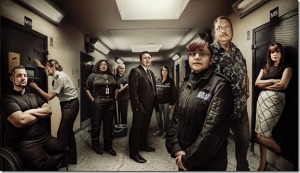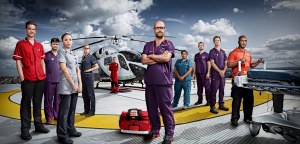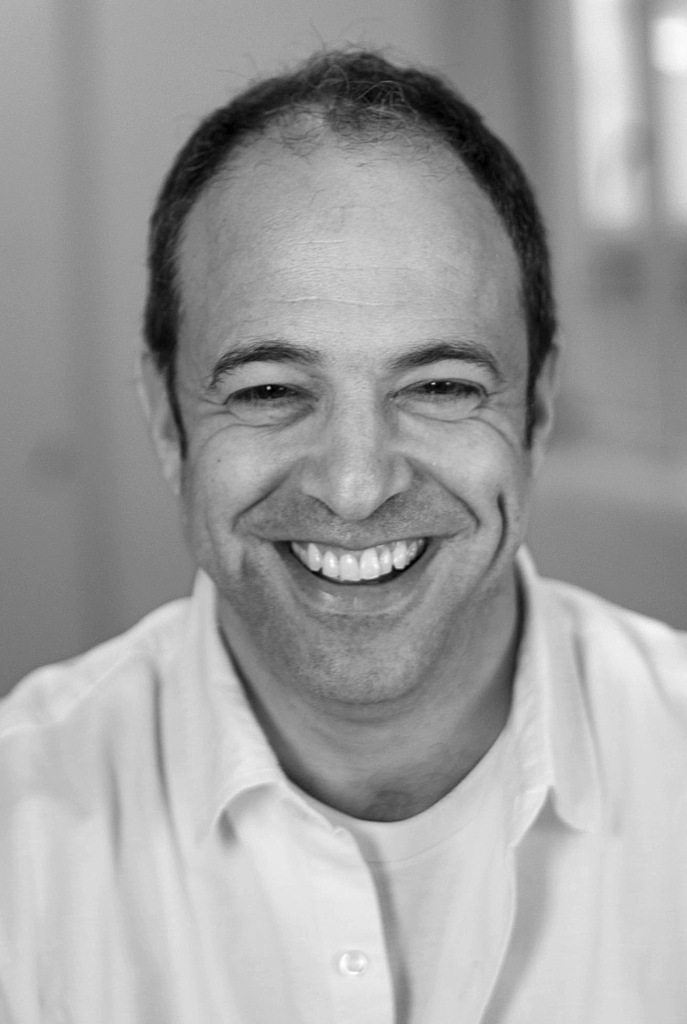
I have learned over the years to be sure to watch anything that London-based producer Simon Chinn works on. From Man on Wire and Searching for Sugar Man, both of which won Oscars for Best Documentary Feature, to the Imposter and Project Nim, he has been instrumental in transforming the feature doc landscape. With his company Lightbox, formed in 2014 with his LA-based cousin Jonathan Chinn, he makes quality docs for a wide range of broadcasters and platforms. Recent projects includes the fascinating series Diagnosis, based on the NYT column, the Harvey Weinstein doc Untouchable, and the gripping Netflix documentary Tell Me Who I Am. Some weeks ago, I spoke to him on the telephone about what it’s like serving so many masters. This interview has been edited for length and clarity.
Carol Nahra: Tell me about your recent projects.
Simon Chinn: Our Weinstein doc was a BBC Two commission that we then enlarged with other investment. We got private investment from someone who is actively getting into the film and television business. That was an interesting hybrid project, which so many of these feature docs can be, where it’s literally trying to sort of make what is very traditional television money work alongside more film money, which is based on theatrical sales projections and presales. It’s a challenging thing to do, for sure….The budget on the Weinstein doc was in excess of a million pounds – the BBC put a third in. They are getting something they couldn’t get if we didn’t broker in that way.
CN: Is it safe to say that for the quality and the ambition of the nonfiction slate that you are developing, a BBC commission is never going to cover the whole budget?
SC: I wouldn’t say that necessarily. There are projects that we could do with the BBC fully funding. I wouldn’t discount that. But not the feature docs, not the really premium documentaries that we do. But we are exploring other kinds of ideas – probably more series ideas. That model has worked well for plenty of companies. Look at someone like The Garden, those rig shows that they make, absolutely great and they make them essentially on a UK terrestrial license fee. They might not make anything on production but they do very very well on the back end. I think that is a model that we would certainly not discount and are actually exploring.
CN: How do you find that the BBC presents itself as different from Netflix?
SC: The BBC looks at places like Netflix and Amazon and sees – like many of us consumers see – receptacles of content libraries. We see how much content they are making. And to some extent how uncurated it can sometimes feel. And I suppose the broadcasters that are much more in the business of curation, that are steeped in that ethos and developing projects carefully with producers, shaping them for their audiences and all of that, it does feel like a different offering to what you often imagine is going on in the sort of big, slightly impersonal places where they are just acquiring and financing huge amount of content. I suppose the problem with that rhetoric is that it doesn’t quite check out based on experience. We work a lot with the premium documentary group at Netflix, run by Lisa Nishimura and executives like Kate Townsend; these guys are actually very smart filmmakers in their own right. My experience on the last two projects we have done with them is that they have absolutely been vital creatively. They have been incredibly hands on in a positive way. I am honestly saying that. There are many broadcaster experiences I have had where I sort of think the executives can sometimes make the films or the programmes worse, but I have not had that experience with Netflix. Netflix is many things; that’s the point. Much like there are many different parts of the BBC. Some of them are tiny bit more cookie cutter or doing things in so much volume that they haven’t got the bandwidth to actually shape anything. But that hasn’t been my experience.
The BBC have to position themselves as offering something different and better, otherwise why bother with them?
Simon Chinn
CN: Where does public service fit in?
SC: The BBC have to position themselves as offering something different and better, otherwise why bother with them? They do have a tradition of working closely with programme makers and filmmakers to shape their content. And that’s great – and I think there are some very smart executives at the BBC. I actually think that the offering that they should be making to producers is arguably more of a commercial offering. Because the truth of the matter is that because of the terms of trade and because of their ability to co-produce, their involvement from a commercial point of view in the Weinstein project was great. They put up a third of the budget; they took a small piece of the back end – the terms of trade legislate against them doing anything different. And it was very helpful. They put up a very good chunk of the license fee, and their branding is all over it and they felt that they had significant editorial input, which was not unhelpful. So all good then. The point is that generally the terms of trade make British broadcasters very attractive as co producing partners.
CN: Isn’t the Weinstein model how Storyville has been acting for years?
SC: Yes, the difference is that for the Weinstein model, the BBC put up a third of a million pound budget – that’s not to be sniffed at (and is more than Storyville budgets). The BBC linear offering has things going for it that Netflix doesn’t. Stuff can really hit on Netflix but also stuff can get lost. Not to say that that isn’t true of the BBC. But if they want to make noise about something they can do so in a way that perhaps Netflix finds sometimes difficult.
CN: What is your ideal kind of production deal these days?
SC: There is no ideal; it’s all different. There are advantages and disadvantages to every model. My ideal production is one where we have enough funds to do what we want to do where we can also make our margins, and we are completely creatively aligned with the buyers. Certainly there are places I can think of where that’s the case. Certainly Nat Geo is a great example of a buyer we have loved working with for all these reasons.

